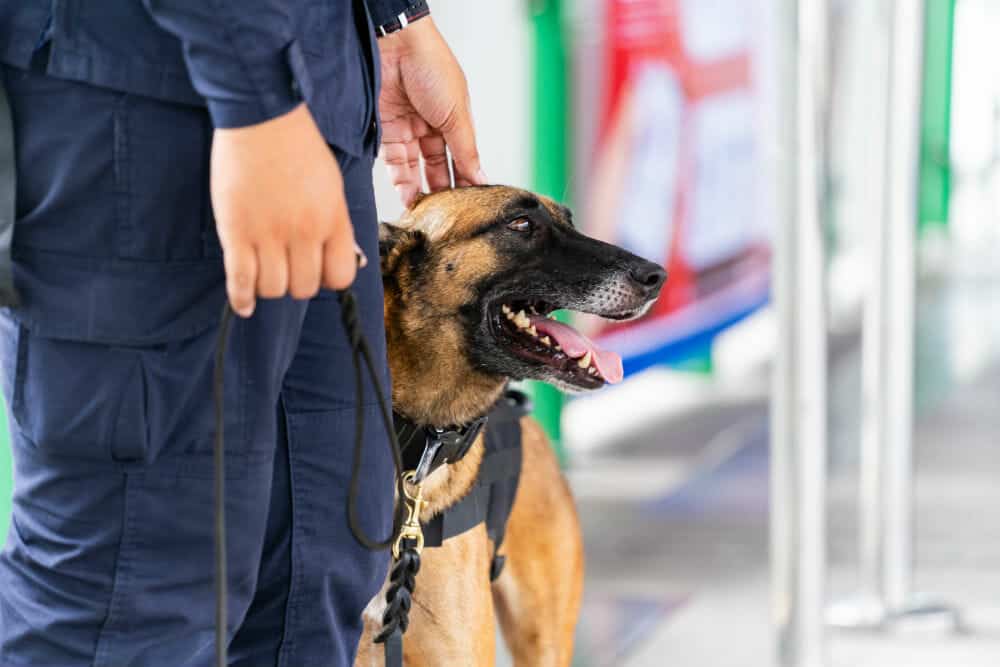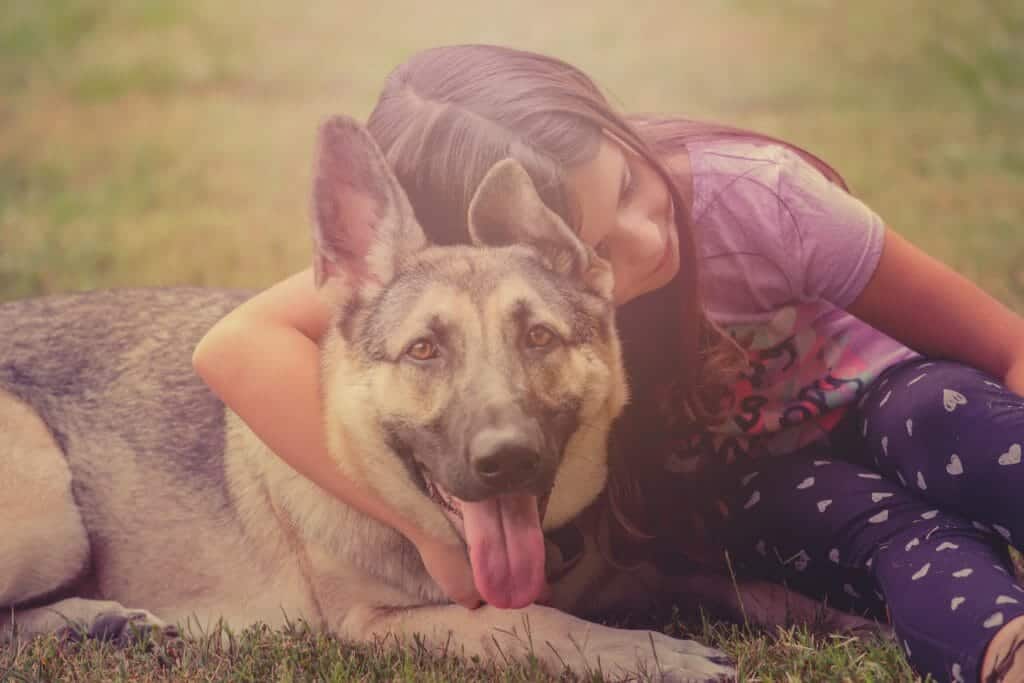Protection dogs are often confused with watchdogs, attack dogs, personal pets that are overly “aggressive” or even service dogs, but they could not be more different. Protection dogs are specially trained dogs that have a strong sense of duty to protect their owners, their property and neutralize unwanted intruders effectively.
Usually, protection dogs have a natural instinct to protect their family and family home if they perceive a potential threat, which is why there are preferred breeds to perform this job.
The breeds often associated with making great protection dogs due to their power, size, and natural abilities include German Shepherds, Doberman Pinschers, Rottweiler, American Akitas, and Belgian Malinois.
See our guide to choose the best protection dog for your family
Download
Protection dogs will usually embody certain traits that make them excel in the role such as loyalty, fearlessness, obedience, and a quick ability to train. However, protection dog breeds are often subjected to unfair misconceptions and stereotypes, some of which have been in place for decades.
In this article, we’re going to take a look at some of the protection dog misconceptions in closer detail.
Misconception #1 A Protection Dog is an Attack Dog
One of the most common misconceptions surrounding protection dogs is that they’re trained to attack and be overtly aggressive, which simply isn’t the case.
Although:
They should instinctively have a desire to protect their owners, they shouldn’t be aggressive unless the situation demands.
A well-trained protection dog will be able to assess the situation properly to know when to attack and how to neutralize intruders until the authorities can arrive at the scene.
Let’s look at the Doberman Pinscher’s breed standard to provide us with an example of this. The American Kennel Club outlines that Doberman Pinschers should be “watchful, determined, alert, fearless and loyal.” Dobermans shouldn’t be aggressive or vicious.
We can also use the German Shepherd to underline this further.
Some websites would have you believe that German Shepherds are overprotective with a strong tendency to bite. However, the AKC states German Shepherds are “smart, confident, courageous, and steady.”
These are not unpredictable dogs. They are steady and reliable, which is what makes them a great protection dog, and a preferred breed for the role.
You might not typically think so, but protection dogs are actually affectionate and loving animals in a family environment and work well around children. Of course, it’s a good idea to give all dogs regular socialization and proper training from a young age to ensure you end up with a balanced protection dog.
Misconception #2 They are Dangerous Around Children
Another misconception is that protection dogs can’t be trusted around small children. Before we go any further, we must emphasize that no dog should be left alone with young children unsupervised regardless of their breed, size, and stature without having the proper training.
Having said that, an appropriately socialized and well-trained protection dog provides no more of a threat to children than other dogs. They have gone through extensive training to only use their aggression in specific situations to protect their owners. In fact, German Shepherds are one of the best dog breeds for child protection.
Misconception #3 Protection Dogs Need to Bark a Lot
While a dog’s bark can act as a sufficient deterrent for would-be intruders or strangers approaching your property, protection dogs aren’t trained to be excessive barkers. They’re often unfairly stereotyped as dogs that will cause a lot of noise pollution in the neighborhood due to their incessant barking to warn their owners.
Dogs used to protect homes should be trained to bark only when absolutely necessary to alert their family and deter intruders.
If they bark, it’s usually to indicate an imminent threat. A protection dog is trained and can determine when it is necessary to sound an alarm and when it’s appropriate to remain quiet.
Protection dogs can also be trained to communicate with non-verbal signals.
Misconception #4 The Best Protection Dogs are Males
When you think of a protection dog, you shouldn’t gender stereotype. Female dogs are just as suited to such a role as their male counterparts. Females can have the same success proving to be just as alert, brave and loyal. The only noted difference is that females tend to be a little smaller in size.
For example:
A male Belgian Malinois can grow to between 24 and 26 inches in height and weigh between 60 and 80 pounds. Female Belgian Malinois, on the other hand, are 24 and 26 inches tall and weigh in at between 40 and 60 pounds.
In spite of the size difference, you’ll often find that females are just as strong-willed as male protection dogs, if not more so. It’s all about the personality of the dog that best suits you and your needs.
Hopefully, through this article, we have debunked some common misconceptions about protection dogs that you may have heard. They aren’t aggressive attack dogs that can’t be trusted around small children, they don’t communicate with incessant barking, and females can perform the function just as well as their male counterparts.
If we have changed your mind about protection dogs would you consider getting one?
Make the Best Choice
How to find the right protection dog for your family

